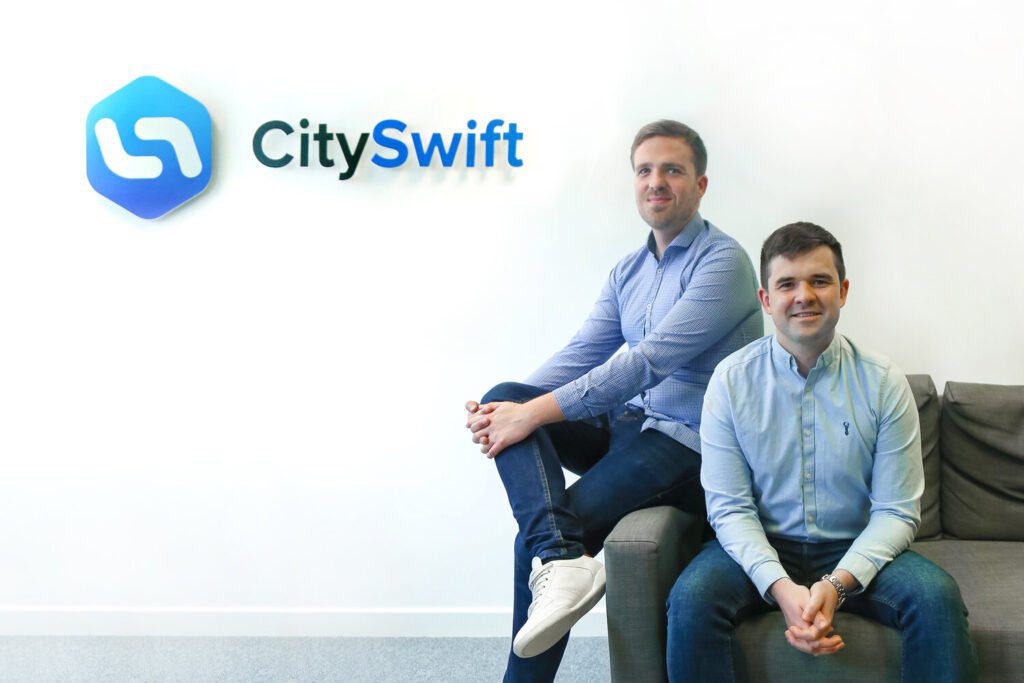The Transit Tech Lab, a program focused on identifying and testing innovative transit-based technologies, has explored several technologies that can improve network service and strengthen user experience.
The lab offers a quick and cost-effective way to test and review new technologies developed by innovators around the world. In July it has launched a new challenge to find technological solutions to be applied to transport in the fight against Covid-19 on public transport.
The fight against covid-19 on public transport
“The finalist innovations of our Covid-19 Response Challenge will be able to help fight Covid-19 in the transport sector at this critical moment”Says Rachel Hatt, Executive Director of Transit Tech Lab. The eight finalists will soon begin testing their products over an eight-week trial period. Here they are.
Today, the Transit Tech Lab has selected (among the more than 200 candidate technologies) 8 valid on transport in general. Here are the 5 that would be truly effective for public transport.
CASPR Group

CASPR is a disinfection technology that works with air to provide continuous air and surface protection without harmful chemicals and without employing operators.
Its most compact device, you can see it in the photo, it is 30 centimeters tall and weighs 4,5kg. Alone he is able to sanitize up to 500 square meters of space, eliminating bad odors and killing up to 99,6% of pathogenic organisms in the air and on surfaces. Viruses and bacteria. In the coming weeks CASPR will test a specific version for public transport.
CitySwift

Created and supported by bus industry experts, CitySwift uses big data, artificial intelligence and machine learning to increase network performance, service reliability and passenger satisfaction.
The data engine of the CitySwift bus expands and integrates seamlessly with existing technologies to accurately predict travel times and vehicle capacity levels. It can then create optimized timetables that balance vehicle supply with passenger demand. A tool that today can make the difference to fight Covid-19 on public transport, and tomorrow will improve transport by eliminating delays and crowding.
Kinnos
Kinnos allows, trivially, to see the disinfection being carried out. The technology it is the basis of a colored powder formulation that covers all the treated surfaces. In this way it is also possible to understand which points have not yet been touched by a cleaning. The active ingredient then dissolves in simple diluted bleach without leaving a trace.
It can help address several key issues in Covid-19 disinfection on public transport. First of all, the poor disinfection "techniques". Even the less experienced will be able to clean in depth, aided by the color support. Later, household products will also be able to have this feature: it will be easier to be aware of how often our cleaning is not thorough.
Strongarm

The core of Strongarm's work is the development of one wearable technology that promotes worker safety and social distancing. The device, a sort of "gun holster" worn over the shoulder, incorporates several sensors that can provide the wearer with a series of information. It uses machine learning, for example, to capture and analyze the risk of musculoskeletal injuries. This device can warn, for example, if the incorrect posture assumed when lifting a weight can cause damage to the back.
Strongarm will test a "light" version that allows public transport operators to remain distanced in the workplace, alerting them if a given safety distance is violated. It will track daily contacts (a sort of wearable "immune") and provide detailed reports to guide you in the event of contagion.
Vyv

Vyv is one continuous antimicrobial light non-UV which reduces bacteria on surfaces. The company brings theories from two centuries ago into the new millennium. The first publication citing the antimicrobial efficacy of the 400-420 nm visible light region was at the Royal Indian Engineering College in London in 1892, where filters were used with sunlight to determine their germicidal properties.
The main difference between UV-C light and Vyv's visible blue-violet wavelengths (which, again, are not UV. They are LED) is that only Vyv meets international standards forcontinuous and unlimited use around humans. UV rays are dangerous for humans, these are not. Quite a difference, don't you think? The studies aim to test a version of VyV light that is also effective on Sars-CoV2.


